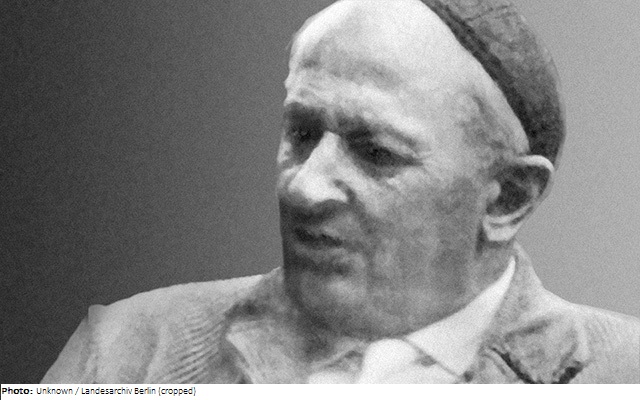
| Roles | Competed in Olympic Games |
|---|---|
| Sex | Male |
| Full name | Karl Wilhelm Ferdinand•Hübotter |
| Used name | Wilhelm•Hübotter |
| Born | 16 June 1895 in Neu Garge, Amt Neuhaus, Niedersachsen (GER) |
| Died | 28 July 1976 (aged 81 years 1 month 12 days) in Hannover, Niedersachsen (GER) |
| NOC |  Germany Germany |
Wilhelm Hübotter was a German landscape and garden architect, and his sons Klaus and Peter later became entrepreneurs in the construction industry. Hübotter designed more than 2,000 parks and gardens. The draft of the Thingstätte Sachsenhain, a large memorial complex for the Nazis, was attributed to him. This led to criticism when he was commissioned by the British authorities in 1945 to redesign the memorial of the Bergen-Belsen concentration camp.
In 1947 he was the co-founder of the High School of Horticulture and Landscape Culture in Hannover, and in 1948 a founding member of the German Association for Architecture. In Hanover, Hübotter created the Hermann-Löns-Park (1936-38) and the terrain of the first Bundesgartenschau (National Garden Show) in 1951. The German Society for Sea Rescue named a lifeboat for Hübotter.
The submission for the 1932 Los Angeles Olympics, Wartburg Stadium in Eisenach, was done together with his colleague Ernst Gerlach. The present Wartburg Stadium opened in 1955. In 1930, a sports field was inaugurated in Eisenach, which was used until the 1990s, but has been demolished since then. However, a connection to the design of Gerlach and Hübotter could not be confirmed.
| Games | Discipline (Sport) / Event | NOC / Team | Pos | Medal | As | |
|---|---|---|---|---|---|---|
| 1932 Summer Olympics | Art Competitions |  GER GER |
Wilhelm Hübotter | |||
| Architecture, Further Entries, Open (Olympic) | Ernst Gerlach |